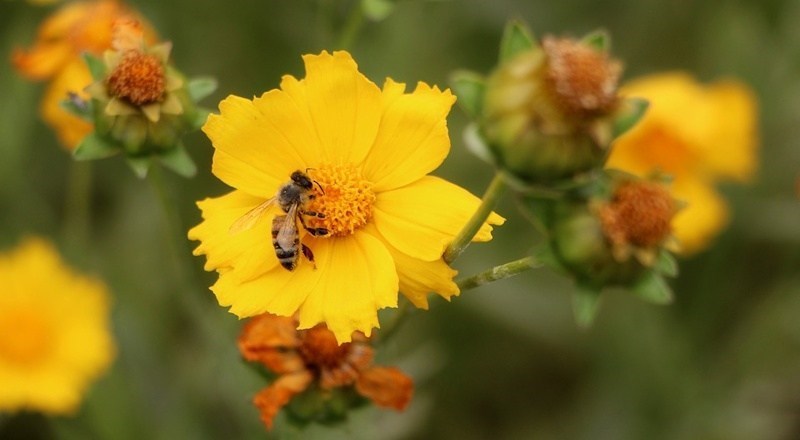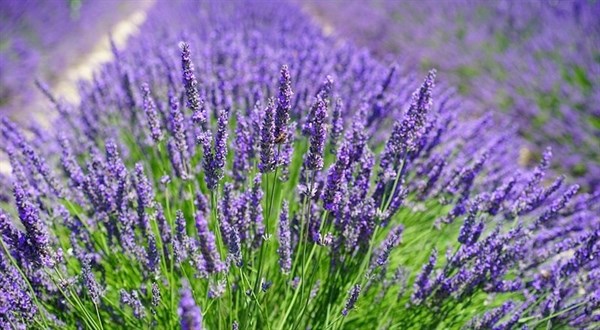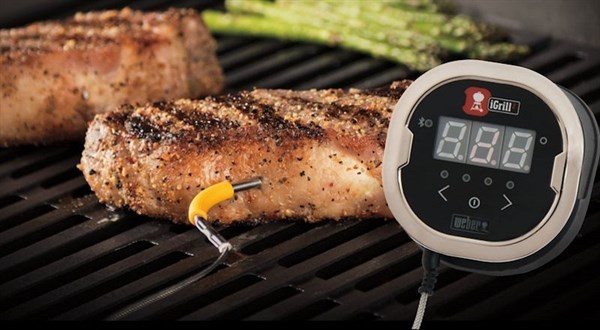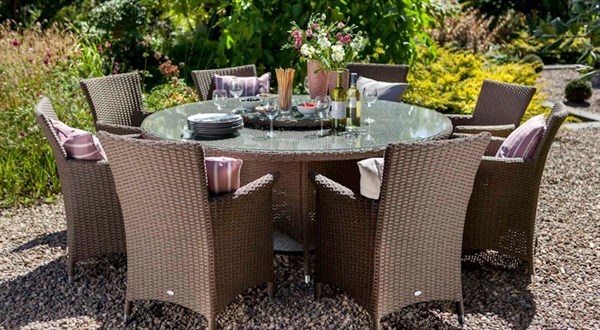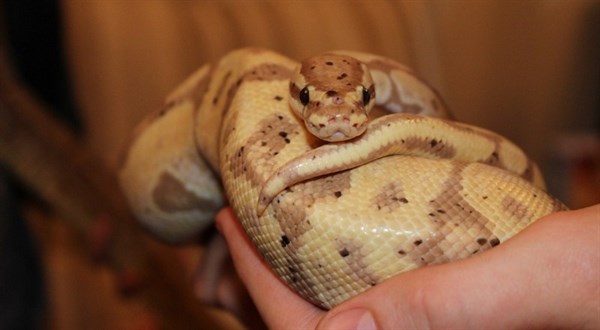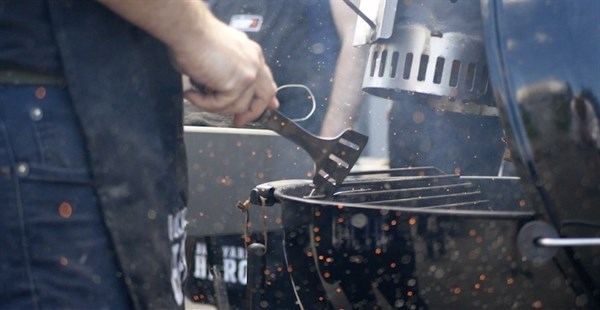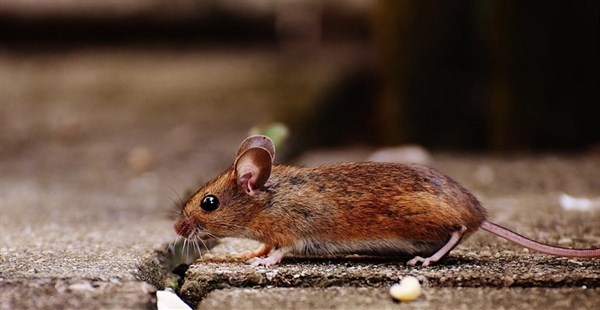09 June 2017
A Quick Guide to Watering New Plants
Ensure newly planted trees, shrubs and perennials are watered thoroughly at this time of year; particularly after windy conditions which desiccate lush foliage and plants become root stressed.
09 June 2017
A Quick Guide to Lavender
Pruning is best carried out after flowering in late summer (around August) although it can be done in spring. Snip off flower stalks and about an inch of this year’s foliage, to keep plants tidy.
09 June 2017
A Guide on Ants & What You Can Do About Them
The bane of picnickers and gardeners alike these amazing industrious insects get everywhere - find out how to deal with ants in your home and garden with our helpful guide.
08 June 2017
The Weber iGrilll at Longacres
Whether you are a backyard hero or part time cooker, the Weber iGrill is the ultimate Bluetooth thermometer to help make your grilling a whole lot easier and more convenient!
08 June 2017
Enjoy the Sun In Summer 2017
If you haven’t already gotten a furniture set for summer, then now is the time to snap one up to enjoy the sunshine and some alfresco dinning in style before we sell out! You’ll also be happy to hear that we have reduced all of our Firmans sets to help you make the most of summer without hurting your pocket.
07 June 2017
Fathers Day 2017 at Longacres
Father's Day this year fall on Sunday June 18th 2017 so you still have time to get out and grab something special for your Dad to show how much he means to you.
07 June 2017
Longacres Bybrook Barn Reptiles Opening Day 18th June 2017
On Sunday 18th of June 2017, we are inviting you to join us and Longacres Bybrook Barn to get up close and personal with a selection of snakes and lizards, including a massive Burmese python at a whopping 12ft long!
07 June 2017
Our First Certified by Weber Cooking Event
The first of our Certified by Weber cooking events happened on Saturday 3rd June 2017, with 20 customers chucking on an apron and getting stuck in and learning in the most hands on way possible!
06 June 2017
Viano MO Bacter, Viano Bio-Lime & Viano Recovery Endorsed by RHS
We are pleased to hear that Viano MO Bacter, Viano Bio-Lime and Viano Recovery lawn products are now endorsed by the RHS! We here at Longacres have been stocking these fantastic products since 2014 and we are glad to hear they are finally getting the recognition they deserve.
06 June 2017
Longacres Bybrook Barn Weber Advisory Day - June 10th 2017
We are pleased to announce that a Weber expert will be joining us at Longacres Bybrook Barn on Saturday 10th June to help you get the most out of your Weber BBQ!
06 June 2017
Guess & Win Competition 06-06-17
Fancy winning a £10 off voucher to be used online and having a bit of fun whilst doing it? Take a look at our image and then have a guess on Facebook!
06 June 2017
Pest Awareness Day 2017
Today is national pest awareness day; so we pose the question, what do you think is the world’s deadliest creature?

